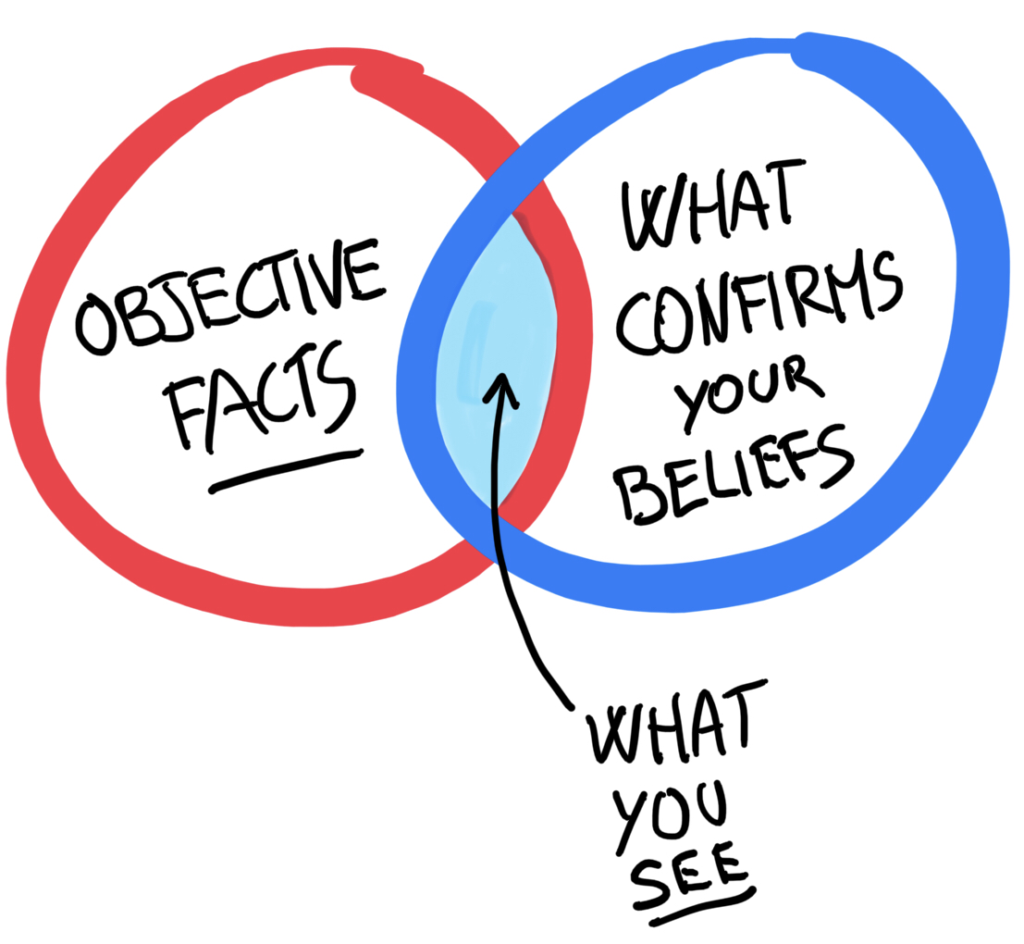“if you torture the data long enough, it will confess to anything”.
Ronald H. Coase, British Economist
When working with a big dataset it’s easy to fall into the confirmation bias. We are looking for some insights, and usually what happens is that even before looking at the data we have our own idea in mind: i belive this campaign was more succesfull then the other past ones, i belive this product has a higer appealing towards my customers, i belive that the number of clients manageable by a single Account Manager is not bigger then X, and so on.
No matter what your belives are, human attitude will always be around the corner, and we will all be tempted (aware or unconscious) to “finger pick” the data that confirms out beliefs, when choosing from all the data we have available.
In fact there is a whole book that covers this topic: How to lie with statistics, by Darrel Huff.
Have you ever wondered how the people who publish statistics so often turn up numbers that support their position? Sometimes, the numbers really do support the person or group publishing them, but statistics aren’t as objective as we might like to believe.
In How to Lie With Statistics, author Darrell Huff explains how people with agendas manipulate figures and how they’re presented to create statistics that support their views. You’ll learn how to spot shady sampling and graphs that are technically accurate but visually misleading. You’ll also learn why suspiciously precise numbers really are suspicious. Finally, you’ll learn about a quick questionnaire you can use to evaluate the legitimacy of any statistic you’re presented with.


